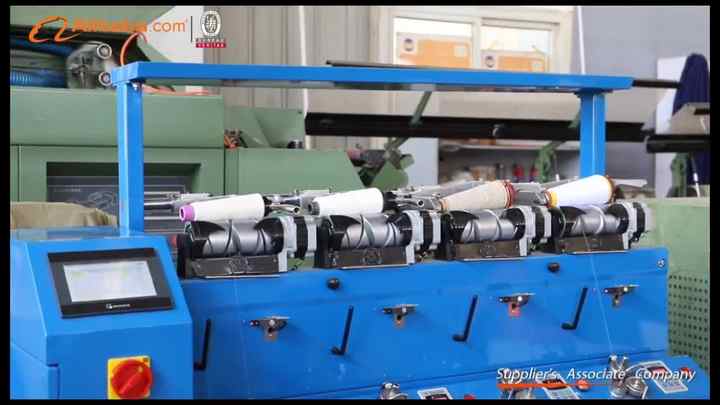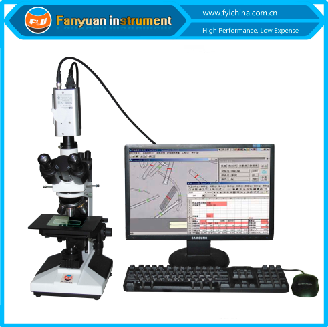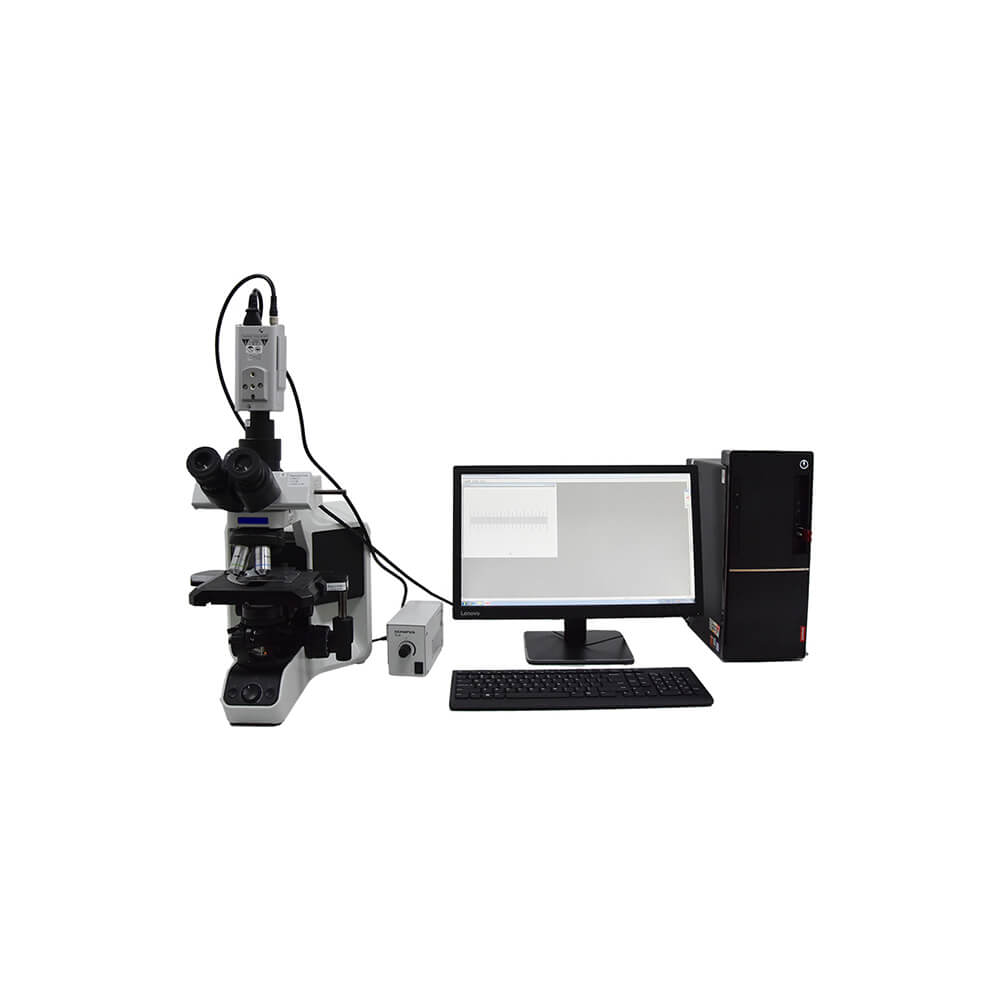Optimize Your Fibre Optic Performance: Comprehending Optical Fiber Size Analyser Modern Technology
The performance of fibre optic systems is seriously influenced by the accuracy of their diameter, a factor often overlooked in the search of optimal signal integrity. Recognizing the modern technology behind optical fiber diameter analysers exposes the elaborate balance in between measurement precision and manufacturing high quality. These tools not just enhance compliance with industry requirements but likewise supply real-time insights that can preemptively attend to possible concerns. Nevertheless, the ramifications of their use expand past mere dimension; they can essentially modify the landscape of fiber optic effectiveness. What elements should one take into consideration to harness their full potential?
Importance of Optical Fibre Size
The size of optical fibre plays a crucial duty in identifying the performance and effectiveness of interaction systems. It affects numerous vital criteria, including the setting of light proliferation, depletion, and data transfer capacity. Larger diameters generally enable multiple light modes, promoting higher information transmission prices. Alternatively, smaller sized diameters often tend to sustain less modes, which can improve signal clarity and minimize crosstalk.

Furthermore, comprehending the diameter's implications can cause set you back savings by decreasing the demand for signal boosting and repeaters in comprehensive networks (optical fibre diameter analyser). In conclusion, the importance of optical fiber size can not be overemphasized, as it straight influences the general efficiency and reliability of modern interaction systems

Exactly How Diameter Impacts Signal Quality
Signal top quality in optical fibre systems hinges significantly on the size of the fiber. The diameter influences numerous crucial parameters, consisting of attenuation, transmission capacity, and modal dispersion. A smaller size can lead to greater attenuation prices, causing signal loss as light trips via the fibre. This depletion can compromise the honesty of the transmitted data, leading to a decrease in signal top quality, particularly over cross countries.
Conversely, bigger diameters typically enable for boosted light capture and decreased modal dispersion, improving signal quality. In multimode fibres, a bigger core diameter can sustain numerous light settings, however it may also introduce intermodal dispersion, which can deteriorate signal high quality. Consequently, selecting the optimal fiber size is important for attaining the preferred performance in details applications.
Furthermore, the interaction in between the fibre size and the wavelength of the light made use of plays an important duty in determining the reliable transmission range and general signal honesty. Therefore, recognizing exactly how fibre diameter influences signal top quality is necessary for network developers and designers aiming to optimize optical fiber systems for trusted, high-speed information transmission.
Introduction of Size Analyser Modern Technology
In numerous optical fiber production procedures, exact measurement of fiber diameter is vital for guaranteeing consistent performance and high quality (optical fibre diameter analyser). Diameter analysers are sophisticated instruments designed to assess the physical measurements of optical fibres with high accuracy. They use innovative optical and laser innovations to measure the size, ovality, and concentricity of the fibre, hence providing critical information for quality assurance
These analysers can run in-line throughout the manufacturing process or as component of off-line testing protocols. In-line systems allow real-time monitoring, enabling makers to readjust parameters right away, therefore maintaining optimal production conditions. Off-line analysers, on the other hand, give extensive analyses of batches, making sure that any deviations from defined tolerances are recognized and resolved.
Diameter analysers substantially contribute to the decrease of problems in optical fibers, improving general product dependability. By continually measuring crucial specifications, these technologies assist in conformity with industry requirements and requirements. As the need for high-performance optical fibers proceeds to climb, the duty of diameter analysers ends up being significantly important in accomplishing the wanted top quality and efficiency requirements in fibre optic systems.
Key Features of Fiber Diameter Analysers
Although different versions of fiber size analysers exist, they generally share several essential features that enhance their capability and reliability. Among the most significant attributes is high-resolution measurement capabilities, which make sure exact size analyses, essential for preserving quality assurance in fiber production. Furthermore, numerous analysers integrate advanced optical sensing units made to identify minute variations in fiber size, hence supplying very useful information for procedure optimization.
Another crucial function is real-time tracking, allowing drivers to receive immediate comments on fiber size throughout the manufacturing procedure (optical fibre diameter analyser). This capacity helps with fast modifications and minimizes the probability of flaws. Lots of analysers also come outfitted with straightforward interfaces, enabling operators to quickly navigate via data and setups results
In addition, robust information Get More Info storage space and analysis functionalities are essential for tracking historical performance fads and making certain conformity with market requirements. These functions collectively contribute to the efficacy of fibre diameter analysers in optimizing fiber optic performance.
Finest Practices for Fibre Optimization

First, routine calibration of optical fiber diameter analysers is essential. This makes certain accurate measurements and decreases potential inconsistencies that could impact performance. Next off, maintaining a clean workplace is important; dirt and contaminants can cause signify destruction.
Additionally, it is essential to pick fibres that satisfy specific application needs. This involves assessing factors such as depletion, bandwidth, and environmental problems. Correct installation strategies should likewise be stuck to, consisting of preventing sharp bends and too much tension, which can endanger fiber honesty.
Furthermore, utilizing innovative surveillance systems can assist in real-time performance assessments, enabling timely recognition of issues. Normal testing and maintenance should be conducted to make sure that fibers remain within ideal operational parameters.
Finally, training employees on the current fiber optimization technologies and methodologies will enhance their ability to implement effective methods. By complying with these ideal methods, companies can dramatically boost the efficiency and lifespan of their optical fibre systems, ensuring efficient communication and data transfer.
Conclusion
In conclusion, the combination of optical fibre diameter analyser innovation is important for maximizing fibre optic performance. By making certain specific measurements of fiber dimensions, why not look here these analysers navigate to this site considerably enhance signal top quality and decrease losses throughout data transmission. Normal calibration and upkeep of the analysers are important to copyright optimum performance and conformity with sector criteria. Ultimately, the application of this innovation promotes improved data transmission prices and enhances signal integrity, adding to the general effectiveness of fiber optic systems.
Signal high quality in optical fibre systems hinges substantially on the diameter of the fiber.In numerous optical fibre manufacturing processes, accurate measurement of fibre size is necessary for making certain constant performance and high quality. As the demand for high-performance optical fibres proceeds to rise, the function of diameter analysers comes to be significantly vital in achieving the preferred quality and efficiency requirements in fiber optic systems.
These attributes jointly add to the efficiency of fibre size analysers in maximizing fibre optic efficiency.
In conclusion, the combination of optical fiber diameter analyser modern technology is crucial for making best use of fiber optic performance.
Comments on “Key Factors When Evaluating an Optical Fibre Diameter Analyser”